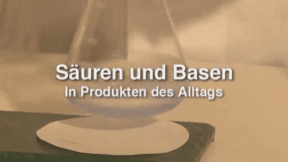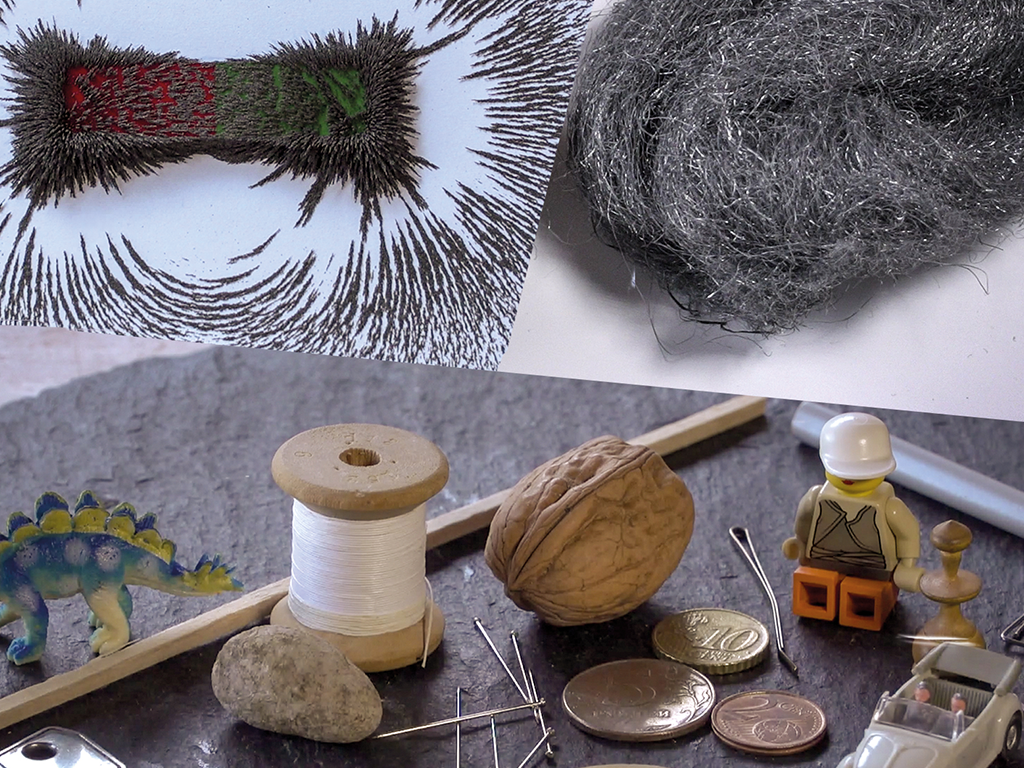
55502477
Aluminium
In 10 interaktiven Modulen und in interaktiven Videos wird Wissen zum Thema Aluminium vermittelt und abgefragt.
Das Medium bietet H5P-Aufgaben an, die ohne zusätzliche Software verwendbar sind.
Durch interaktive Aufgabentypen wird das audiovisuelle und interaktive Lernen einfach.
Lernen macht jetzt Spaß!
Included Tasks
- I Steckbrief Aluminium - Interaktive Aufgaben
- II Bauxit - Lückentext
- III Aluminiumherstellung - Bildzuordnung
- IV Vom Bauxit zum Aluminiumoxid - Interaktive Aufgabe
- V Bindungsarten von Aluminium - Interaktives Video
- VI Elektrolyse - Interaktive Aufgabe
- VII Warum rostet Aluminium nicht? - Interaktives Video
- VIII Eloxieren - Bildzuordnung
- IX Vor- und Nachteile von Aluminium - Interaktive Aufgaben
- X Aluminiumrecycling - Interaktive Aufgabe
Curriculum-centred and oriented towards educational standards
Matching
Solutions, Emulsions and Mixtures of Substances
Be it milk in a cereal bowl, tea in a glass or the air around us. We constantly come across mixtures of substances in our everyday lives. As the name suggests, they are mixtures – mixtures of several so-called pure substances.
Acids and Bases
We can find acids and bases in every supermarket, some of them in our food, others in cleaning agents. In everyday products, acids and bases as well as acidic and alkaline reacting salts have extremely different functions. In food, acids are either present or added as flavouring agents such as citric acid, tartaric acid and acetic acid, as antioxidants such as ascorbic acid or generally as acidifiers, sequestrants (citric acid and tartaric acid) and preservatives (acetic acid).









